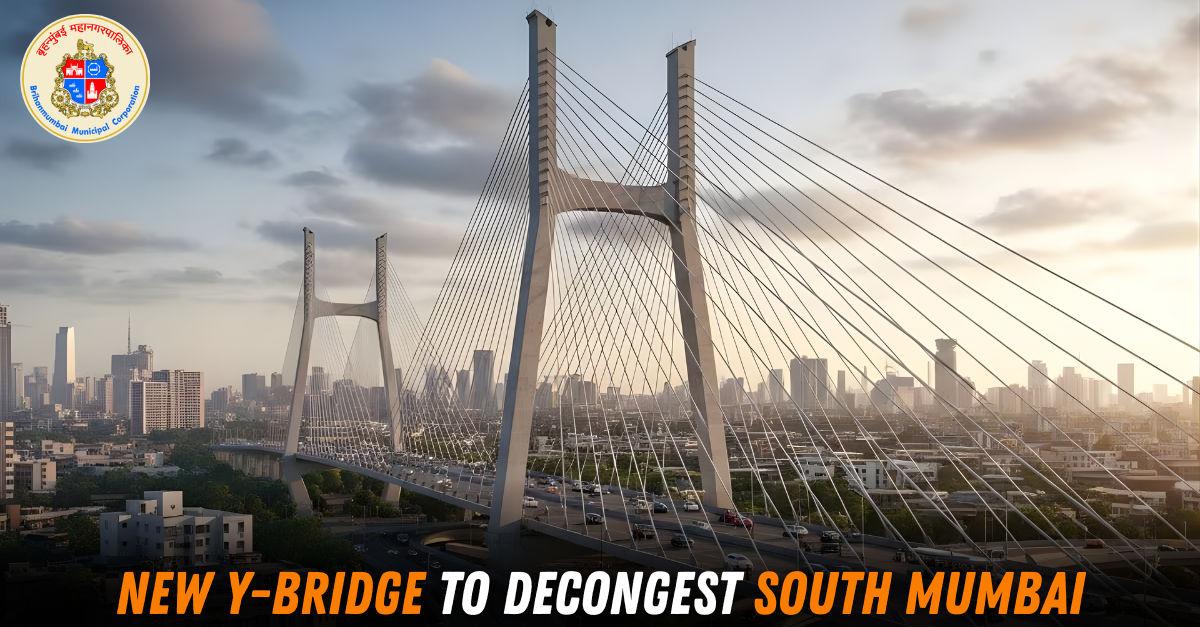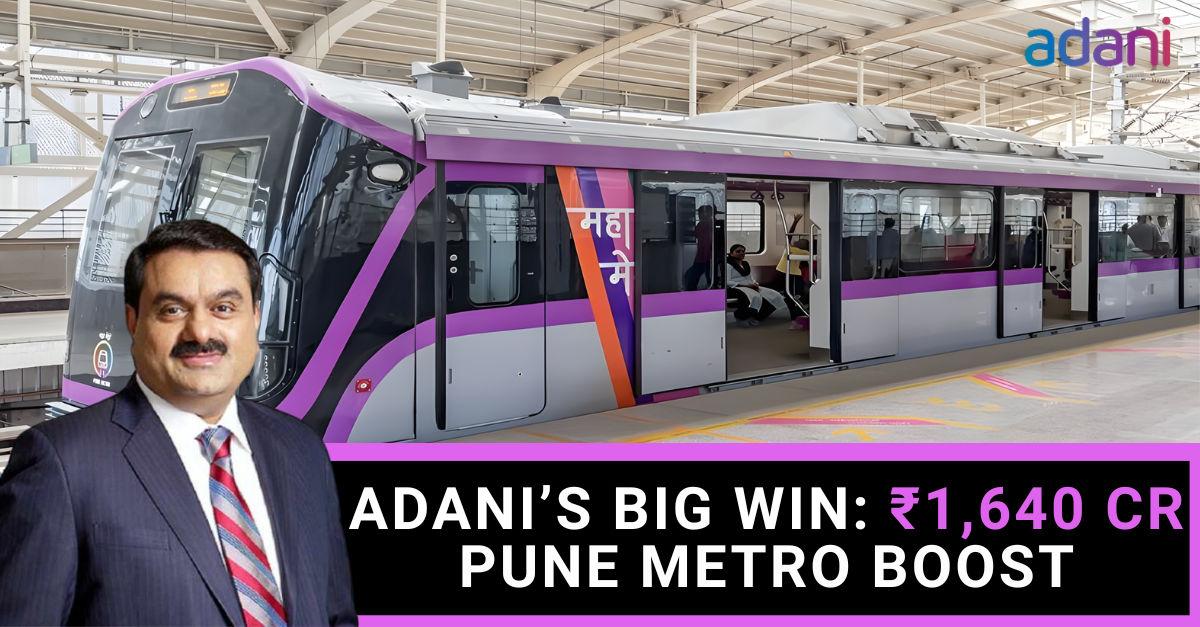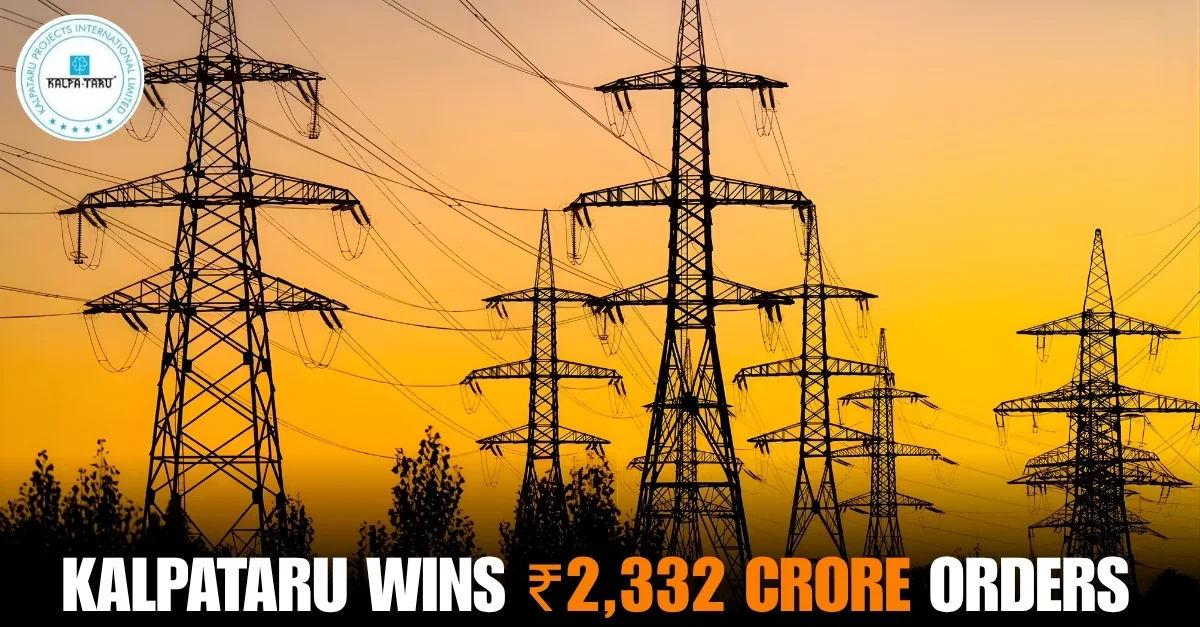Chief minister A Revanth Reddy is set to lay the foundation stone for the Godavari Drinking Water Scheme Phases II and III, a ₹7,360-crore expansion tied to Hyderabad’s push for daily potable supply and the Musi River rejuvenation effort. Scheduled to begin on Monday, September 8, 2025, the initiative will move 20 TMC of water from Mallanna Sagar in Siddipet to the city’s twin reservoirs—Himayatsagar and Osmansagar—creating a new backbone for long-term urban water security. Of the planned transfer, 17.5 TMC is earmarked for drinking water while 2.5 TMC is dedicated to Musi rejuvenation, aligning the project’s engineering with environmental outcomes.
The delivery modality is the Hybrid Annuity Model (HAM), under which the state contributes 40% of project cost while the contracting company brings 60%, an approach meant to balance public oversight with private execution capacity. Authorities have set an ambitious completion target of December 2027, consistent with the city’s goal of ensuring daily supply across core areas. As part of the same buildout, the government plans to fill seven water bodies along the transmission route, a step expected to stabilize local hydrology as raw water moves toward the terminal reservoirs.
The expansion doesn’t stop at the trunk line. In parallel, the chief minister will inaugurate a ₹1,200-crore programme to strengthen distribution across municipalities, municipal corporations and gram panchayats within GHMC and ORR limits. A total of 71 reservoirs have been constructed under this effort, and 15 of them are being commissioned now, with the network expected to provide potable water to roughly 25 lakh people across 14 mandals. These commissioning milestones matter because they connect bulk augmentation to last-mile delivery—where households actually turn taps on—and they create redundancy to manage seasonal variability and peak-hour demand.
In the city’s growing western corridor, the administration will also launch a ₹298-crore project to build out drinking water and sewage networks for the Kokapet layout and the Neopolis SEZ, with a two-year completion target and an estimated 13 lakh beneficiaries. That package is designed to synchronize land development with utility provisioning so that new residential and office clusters avoid the typical lag between occupancy and service readiness. While the advanced sewage component will be crucial for public health and lake protection, the potable network will help reduce dependence on private tankers and groundwater extraction during peak build-out years.
Once Godavari Phases II and III are completed, Hyderabad’s draw from the river is projected to rise from the current 10 TMC under Phase I to 30 TMC in aggregate, materially increasing the city’s raw-water headroom. The Hyderabad Metropolitan Water Supply & Sewerage Board expects overall supply capacity in the core urban region to increase from roughly 580 MGD toward 880 MGD as downstream assets—pumping, treatment and balancing reservoirs—are phased in. The scheme sources 20 TMC from Mallanna Sagar, which itself has a storage capacity of 50 TMC, giving headroom for drought-year resilience and planned seasonal transfers. Together, these numbers indicate a step-change in both volume and reliability, positioning the utility to keep pace with population growth and industrial demand through the decade.
Equally critical is the river-health dimension. Allocating 2.5 TMC specifically for Musi rejuvenation acknowledges that urban water policy isn’t just about litres per capita per day; it’s also about restoring ecological function and public space along riverbanks. Pairing augmentation with the filling of intermediate lakes can improve base flows, dilute pollutants, and support a more consistent environmental flow regime. While execution quality and maintenance will ultimately determine how much of that promise is realized, the project’s integrated design—tying bulk conveyance to reservoir recharge and river revival—marks a notable shift from purely supply-side thinking to a broader urban-watershed approach.
With financial closure structured through HAM, a clear construction window through December 2027, and distribution assets already entering service, Hyderabad’s water programme is entering a delivery phase that citizens will feel in pressure, coverage and predictability. The next tests will include minimizing losses through leak detection, ensuring energy-efficient pumping on the long Godavari lift, and coordinating with municipal bodies to protect lakes that are being replenished. If those pieces hold, the mix of 30 TMC from Godavari, targeted Musi flows and the additional storage grid could underpin a more reliable, greener water cycle for the city.







